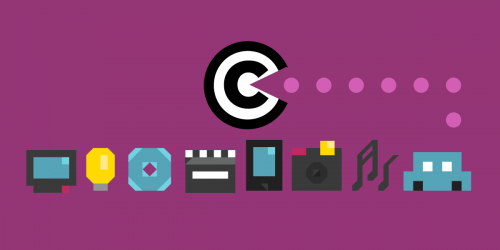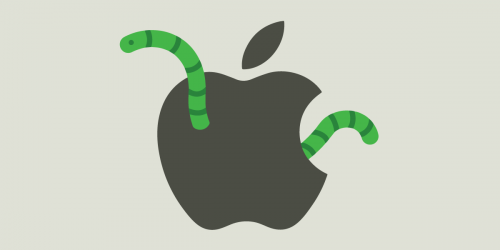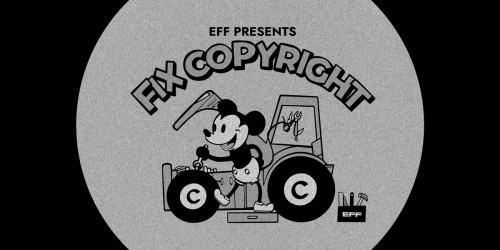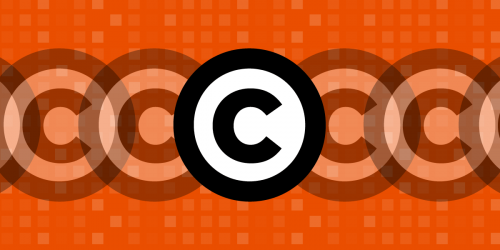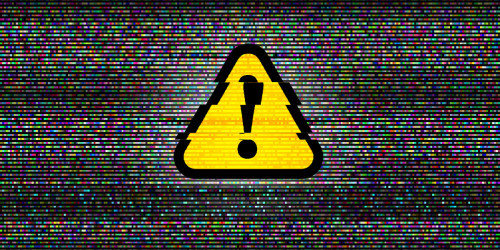A series of bluegrass history lectures has become the latest victim of the bullying that is enabled by content filtering systems like YouTube’s Content ID.
The Digital Millennium Copyright Act’s safe harbors protect websites like YouTube, Vimeo, Twitter, and many others against runaway copyright lawsuits. They also protect people’s fair use rights when they post their own creations online, by ensuring that online platforms don’t have to assume the risk of a user’s fair use case going the wrong way. But automated filtering and takedown systems on platforms like YouTube—systems that the DMCA doesn’t require—flag obvious fair uses as potential infringement, including educational work around the history of music itself. That’s why it’s alarming that major entertainment companies want Congress to scrap the DMCA’s safe harbor and make automatic filtering the law.
The Hudson Valley Bluegrass Association was founded “to knit together the bluegrass community of musicians and fans.” Besides hosting jam sessions and concerts, the non-profit association gives lectures on the history of this American art form. These “Evolution of Bluegrass” lectures, which take place in a classroom in Poughkeepsie, New York, are also posted to YouTube for others to learn from. As you might expect from lectures on music history, these hour-long sessions include many short music clips, typically of about 30 seconds, played over still images of bluegrass musicians and surrounded by commentary.
HVBA’s use of clips from old bluegrass recordings is a clear fair use under copyright law. The clips are short, the purpose of the videos is educational, and the group does not earn money from its videos. Plus, no one is likely to forego buying the complete recordings simply because they heard a clip in the middle of an hour-long lecture.
Still, HVBA’s videos have repeatedly been caught up by YouTube’s automatic filters, which are known as Content ID. Most of the matches came from Sony Music and its subsidiaries. This had several consequences for HVBA: ominous warnings from YouTube, the lecture videos being blocked in various countries, and HVBA making numerous entreaties to the record labels to withdraw the Content ID matches. Mostly, they did.
But the situation changed this year. When HVBA’s webmaster emailed Sony Music to explain that the use of music clips in the lecture videos was fair use, Sony’s representative responded that the label had “a new company policy that uses such as yours be subject to a minimum $500 license fee,” and that “if you are going to upload more videos we are going to have to follow our protocol.” Sony’s representative didn’t say that she believed the video was not a fair use. Instead, she implied that even a fair use would require payment, and that Sony would keep using YouTube’s Content ID system against HVBA until they paid up.
This is absurd. When using copyrighted material qualifies as a fair use, the user doesn’t need to get a license, permission, or to pay a fee. This exchange suggests that Sony’s representative didn’t know the law, or else knew it full well but tried to coerce HVBA into paying anyway. The Content ID system simply funneled a fair user like HVBA into this misleading exchange with Sony.
Content ID is not the law—yet. It’s a private system set up between YouTube and major entertainment companies like Sony Music, and it exists outside of the regular notice-and-takedown process created by the DMCA’s safe harbor provisions. But the titans of entertainment, and some of their friends in government, want that to change. At Congressional hearings and in formal comments, they have asked Congress to throw out the DMCA’s safe harbor and replace it with something like Content ID on steroids: a law that would require every website and service to match user-posted material against every takedown request ever sent, and then block anything that matches, or even prevent them being uploaded at all.
Changing notice-and-takedown into notice-and-censor would be a disaster for Internet users because, as HVBA’s experience shows, computers are terrible at identifying fair use. If automatic copyright filters become a legal requirement for every user-content website, more people like HVBA will be forced to run a gauntlet of permissions, appeals, and mistakes, just to communicate their own creative works and educational materials. Many, like HVBA, could be pressured to pay licensing fees for uses that require none. Congress needs to preserve and strengthen the safe harbors, not scrap them for a speech-chilling, notice-and-censor approach.


